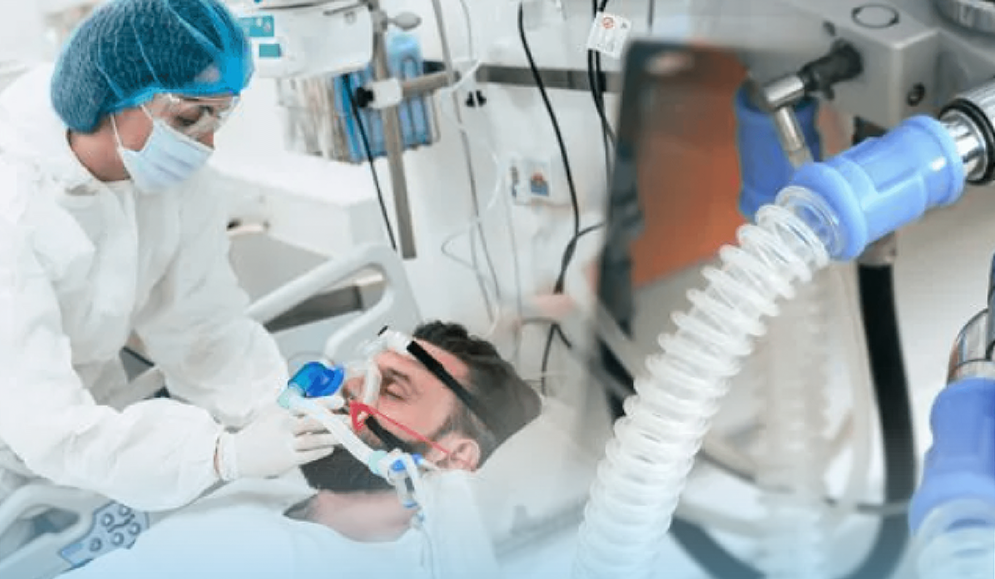Simplified design reduces moisture accumulation in tubes, DSM thermoplastic elastomers make ventilator tubes safer
Latest: To help people around the world fight respiratory diseases, medical device manufacturers are expanding production of ventilators. It is worth noting that residual moisture in the breathing tube can cause ventilator-associated pneumonia (VAP), which can endanger the health of patients.
DSM’s Arnitel®
VT materials have unique moisture transport capabilities that minimize moisture build-up within the tubing, thereby simplifying the design and potentially eliminating the need for additional moisture scavenging devices in the ventilator.

(Ventilator illustration)
Governments and healthcare industry leaders are taking action to help patients with chronic obstructive pulmonary disease (COPD), the third leading cause of death globally. Widespread vaccination against COVID-19 has reduced the number of ICU patients requiring respiratory support, but demand for mechanical ventilators is rising each year due to rising COPD incidence. The ventilator market is expected to grow at a CAGR of 4.8% from 2022 to 2030.
About 2 million hospitalized patients on mechanical ventilators develop ventilator-associated pneumonia (VAP) each year, which has a mortality rate of up to 13% in the United States. Breathing tubes tend to accumulate condensation and create a risk of microscopic aspiration. The bacteria-laden droplets are re-inhaled into the lungs, increasing the likelihood that a patient will develop VAP, as well as the length of time a patient needs to be intubated and maintained on mechanical ventilation.
To solve this problem, ventilators are often designed with water traps to prevent fluid build-up. However, using this device creates additional work for nurses and clinicians, and also increases the bacterial carrier fluid that collects above the endotracheal tube (ET) when opening the breathing circuit to drain, leaking into the lungs through the cuff. risk.
Polyolefin is the material most commonly used to make breathing tubes, but it does not allow condensate to seep out. Ventilator catheter developers have improved this problem by applying copolyester elastomer materials,
Gain a competitive advantage. The copolyester elastomer material is able to transport moisture through the tube wall to the surrounding environment. This moisture reduction method can significantly reduce condensation, completely eliminate the need for water traps, reduce VAP risk, simplify breathing circuit design and save costs.
DSM Arnitel®
VT material solutions address the ongoing challenges and changing needs of medical device suppliers. With the properties of highly flexible, high-strength rubber, thermoplastic elastomer compounds are optimized for medical tubing applications designed for high-stress clinical environments.
According to reports, Arnitel® VT’s monolithic membrane is a unique combination of soft and hard polymer blocks that continuously absorb moisture to the inner tube wall and exit through the surface. ASTM by DSM
The E96 cup test verifies that Arnitel® VT3112 can achieve an MVTR of 17,500 (g/m²/day), outperforming all widely used breathing tube materials. Arnitel®
The product portfolio includes a range of grades exhibiting different strength, stiffness and MVTR properties to meet a variety of requirements.
DSM provides advanced part modeling capabilities to accurately predict the long-term performance of catheters in high humidity conditions, helping user companies eliminate unnecessary design cycles while ensuring patient safety. To meet the growing demand for low-carbon medical devices, providing a variety of bio-based materials for medical applications, DSM will launch a complete product line of these solutions by 2030.

